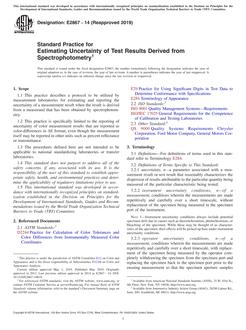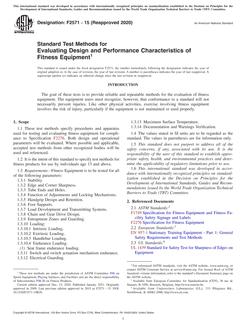1.1 This guide covers the recommended criteria for performing a single-cell gel electrophoresis assay (SCG) or Comet assay for the measurement of DNA single-strand breaks in eukaryotic cells. The Comet assay is a very sensitive method for detecting strand breaks in the DNA of individual cells. The majority of studies utilizing the Comet assay have focused on medical applications and have therefore examined DNA damage in mammalian cells in vitro and in vivo (1-4).2 There is increasing interest in applying this assay to DNA damage in freshwater and marine organisms to explore the environmental implications of DNA damage.
1.1.1 The Comet assay has been used to screen the genotoxicity of a variety of compounds on cells in vitro and in vivo (5-7), as well as to evaluate the dose-dependent anti-oxidant (protective) properties of various compounds (3, 8-11). Using this method, significantly elevated levels of DNA damage have been reported in cells collected from organisms at polluted sites compared to reference sites (12-15). Studies have also found that increases in cellular DNA damage correspond with higher order effects such as decreased growth, survival, and development, and correlate with significant increases in contaminant body burdens (13, 16).
Product Details
- Published:
- 02/01/2016
- Number of Pages:
- 10
- File Size:
- 1 file , 210 KB


